HotSpots H2O, December 3: Water Infrastructure Still a Target in Ukrainian Conflict
The Rundown
Attacks on civilian water infrastructure remain a strategic vulnerability in the ongoing conflict between the Ukrainian military and Russian-backed separatists. Two major water lines were shelled in mid-October, leaving an estimated 100,000 people without water for several days. While trying to repair one of the pipelines, two drivers for the Voda Donbasa water company sustained injuries when their vehicle hit a landmine. In total, at least 73 water-related incidents have occurred in Ukraine in 2018.
Water infrastructure plays an integral role in the region’s heating, so damages are becoming especially dangerous as winter sets in. An assessment in the Donbass region found that households along the ‘contact line’ of the conflict are nine times more likely to report damages to their homes. Sixteen percent of the surveyed households also reported chronic water shortages due to repeated shelling of public utilities.
“This year only, we have seen more than 73 incidents affecting critical water infrastructure and if the shelling continues during the winter, people will struggle to keep warm and frequent water interruption increases the risks of communicable disease outbreaks.” –Osnat Lubrani, the UN Resident and Humanitarian Coordinator in Ukraine, in reference to water’s role in both heating and health. Last winter, temperatures in eastern Ukraine fell below -20 Celsius.
By The Numbers
70,000 People living in and near Torestsk who lost water access between October 15 and 23 due to shelling damages.
30,000+ People in Marinka and Krasnohorivka who experienced week-long water cuts due to water line damages in mid-October.
73 Water, sanitation, and hygiene (WASH) incidents reported in 2018, as of November 12.
$29.9 million Funding needed for WASH-related initiatives in 2018, according to the UN Office for the Coordination of Humanitarian Affairs (OCHA). So far, the WASH cluster has received only 10 percent of the needed funds, making it the most underfunded cluster of OCHA’s 2018 Humanitarian Response Plan.
260 Casualties reported in 2018, as of November 12.
On The Radar
Regional tensions escalated last week when three Ukranian vessels attempted to pass through the Kerch strait into the Sea of Azov. Russia seized the three boats and their 24 crew members, saying they had violated Russia’s territorial waters, a claim that Ukraine denies. Despite international pressure, Russia has refused to free the captive crew members.
Resources and Further Reading
In context reporting from Circle of Blue: HotSpots H2O, March 19: Spotlight on Eastern Ukraine
Putin refuses to release Ukrainian sailors and ships (The Guardian)
Ukraine: Conflict reaches protracted phase but sounds of shelling and risk of mines continue (REACH)
Ukraine: Funding urgently needed as humanitarians race to help millions through the long harsh winter (OCHA)
Ukraine: Humanitarian Snapshot (as of November 12, 2018) (OCHA)
Ukraine: Protection Cluster Factsheet – October 2018 [EN/RU/UK] (ReliefWeb)
Ukraine Situation: Operational Update – October 2018 (UNHCR)
WASH Incident Report No.157 (Relief Web)
Why The Crisis Between Ukraine And Russia Has Taken To The Sea (NPR)
Kayla Ritter is a recent graduate of Michigan State University, where she studied International Relations and Teaching English to Speakers of Other Languages. She is currently based in Manton, Michigan. Kayla enjoys running, writing, and traveling. Contact Kayla Ritter

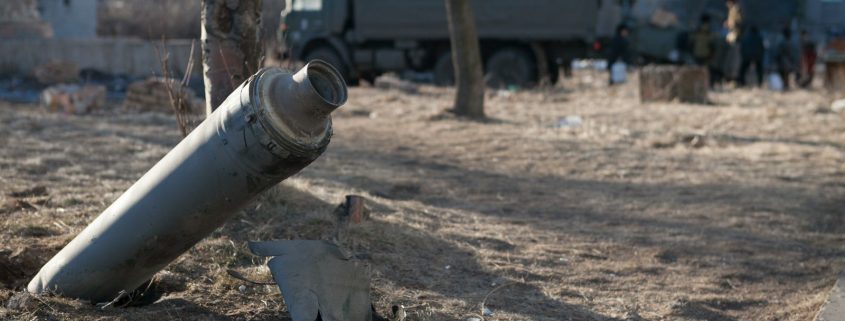



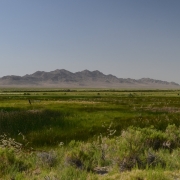
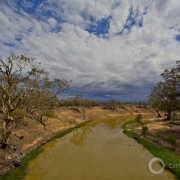
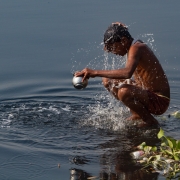
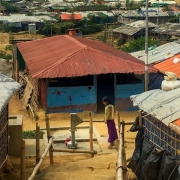




Leave a Reply
Want to join the discussion?Feel free to contribute!